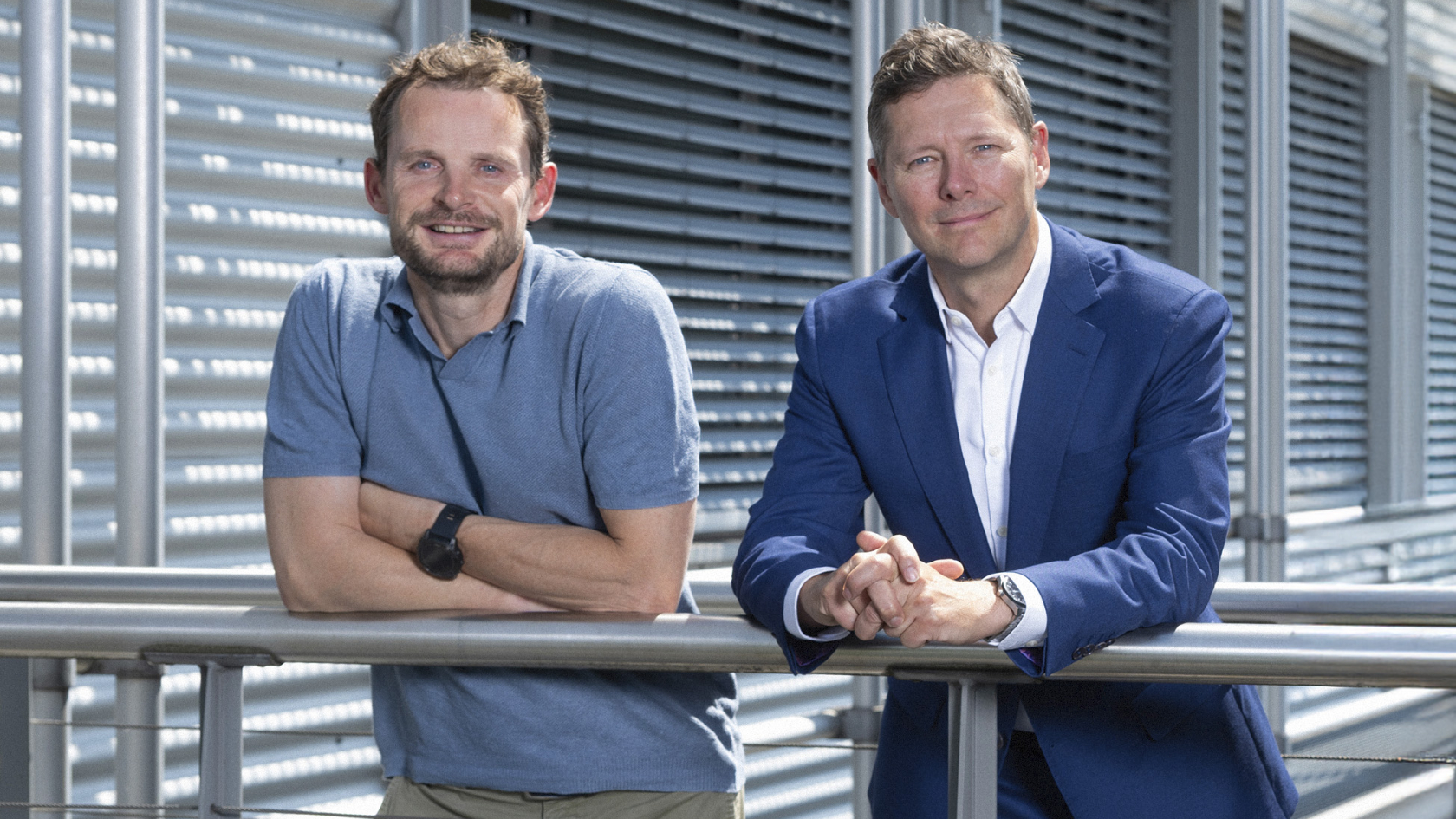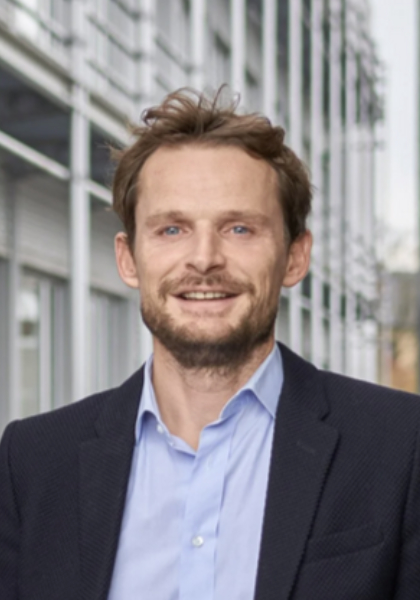The Google Maps of Cell Analysis

Mr. Pelkmans and Mr. Zering, could you briefly describe what your spin-off company does?
Michael Zering: Apricot is developing technology that allows us to visualize how cancer cells respond to certain medicines in tumor tissue. Our goal is to provide personalized therapy recommendations within a few days, which is quicker and more precise than traditional methods. Our platform informs clinical decisions and helps develop medicines. One example of this is our collaboration with the Tumor Profiler Center. There, our technology helped identify the most suitable medicine for each patient. We typically provided the results to the physicians responsible for treatment within five to seven days.
How is it possible to identify the most suitable medicine in such a short amount of time?
Lucas Pelkmans: We founded Apricot BIO in September 2022. However, our technology has a long history. At the University of Zurich (UZH), my laboratory has been developing imaging-based microscopy methods in combination with machine learning for a long time. We were pioneers in this area. In my research at UZH, our team has been using machine learning since 2005. We were among the first laboratories in Europe to use computational methods and artificial intelligence (AI) to quickly source information from images of biological samples, such as cells or tissue.
Which specific processes do you work with?
Pelkmans: Our technology is based on two core processes. The first is the 4i method, which stands for “iterative indirect immunofluorescence imaging.” This method allows us to visualize many biological characteristics of individual cells simultaneously. The second is drug response profiling (DRP), a functional approach within precision medicine. Rather than merely measuring cell characteristics, DRP observes how cells respond to different medicines. We then use these responses to create a detailed drug response profile, or an active ingredient map, for each individual sample.
Zering: You might compare this image-based form of systems biology to Google Maps for cells. But instead of mapping districts and streets, we create a high-resolution map of both the inside of cells and the cellular environment. Thanks to automated microscopes and AI-supported image analysis, countless images of cells are taken and assessed – like satellite images, but at a microscopic scale. We can then identify how cell structures change when a medicine is introduced – much like Google Maps shows where traffic is jammed or flowing freely. The more information available, the broader the context and the better the decisions.

We were among the first laboratories in Europe to use computational methods and AI to quickly source information from images of biological samples, such as cells or tissue.
When did you decide to swap the laboratory for a more practical role and start your own company?
Zering: Lucas and I met through our network of local contacts in Zurich. After many face-to-face discussions, we realized that his research had great potential. He brings his in-depth scientific expertise from the research world to the table, while I bring my ability to see things from a corporate perspective. I think in terms of business models, and I have a flair for getting things done quickly. We were both clear about one thing: cancer treatment is a complex field, and we saw an opportunity to apply the latest scientific expertise to improve patient care. Apricot BIO was certainly not created on a whim. It was a carefully planned move.
What does collaborating with physicians actually entail?
Pelkmans: We see ourselves as service providers. Our job is to support oncologists. Our platform analyzes how tumor tissue responds ex vivo, i.e., under laboratory conditions, to various medicines. This allows oncologists to prioritize and target therapies that are more likely to be effective and identify those that are less likely to be successful. This predictive assessment helps the treatment team save valuable time and consider alternative options early on.
How many medicines do you test when you receive a tissue sample?
Zering: Depending on the tumor type and the number of samples available, our platform can test up to 50 clinically approved medicines. The respective cancer type and study design determine which active ingredients are tested. We provide the results quickly, but the final therapy decision is made by the treatment team.

As founders, we are proud to already have a turnover and to work with a growing number of clinical and scientific partners, both in Switzerland and abroad.
You generate a lot of valuable scientific data. What happens to it?
Pelkmans: Our analyses generate a great deal of phenotypic data. In other words, we closely observe how individual cells behave and what they look like. We also examine the proteins they produce and how they respond to certain medicines. You can think of it as the body language of cells. We can observe how they behave without altering their genetic makeup. Based on this information, we create a response profile, which helps us treat individual patients and provides researchers with important clues on how certain tumors work. This data is stored as anonymized information and can be used in the future to develop models for new medicines or approaches to therapy.
How are you positioning your business, and how does the financing work?
Zering: We are developing a precision oncology platform that provides functional insights into how individual tumors respond to various therapies. This helps physicians make faster, better-informed decisions about treatment options. As founders, we are proud to already have a turnover and to work with a growing number of clinical and scientific partners, both in Switzerland and abroad. We remain practice-oriented and are in regular contact with oncologists, clinics, and leading opinion makers who work directly with our technology and provide valuable input for its ongoing development. Our current focus is on achieving the next milestone by the end of 2026, which includes clinical validation, scaling up, and preparing for wider application. We are fortunate to have the support of the University of Zurich, the Translational Medicine Accelerator (TMA), and Unitectra. Their expertise and resources were crucial in helping us transition from research to application. As far as financing is concerned, the last two years have shown us that scientific excellence must go hand in hand with entrepreneurial resilience.
Lastly, does the company name really have something to do with apricots?
Zering: The origins of the name are actually pretty technical. “Apricot” was the in-house name for a prototype microscope that we used in the early development phase. Over time, however, the name has taken on a deeper meaning. In East Asia, the apricot tree is traditionally seen as a symbol of medical knowledge. According to a legend from the region, Dong Feng was a physician from the Three Kingdoms era (around 220-280 AD). It is said that he asked the patients he had healed to plant an apricot tree instead of money. His orchard became a symbol of healing, and this concept of medical efficacy and responsibility aligns well with our goals in precision oncology.